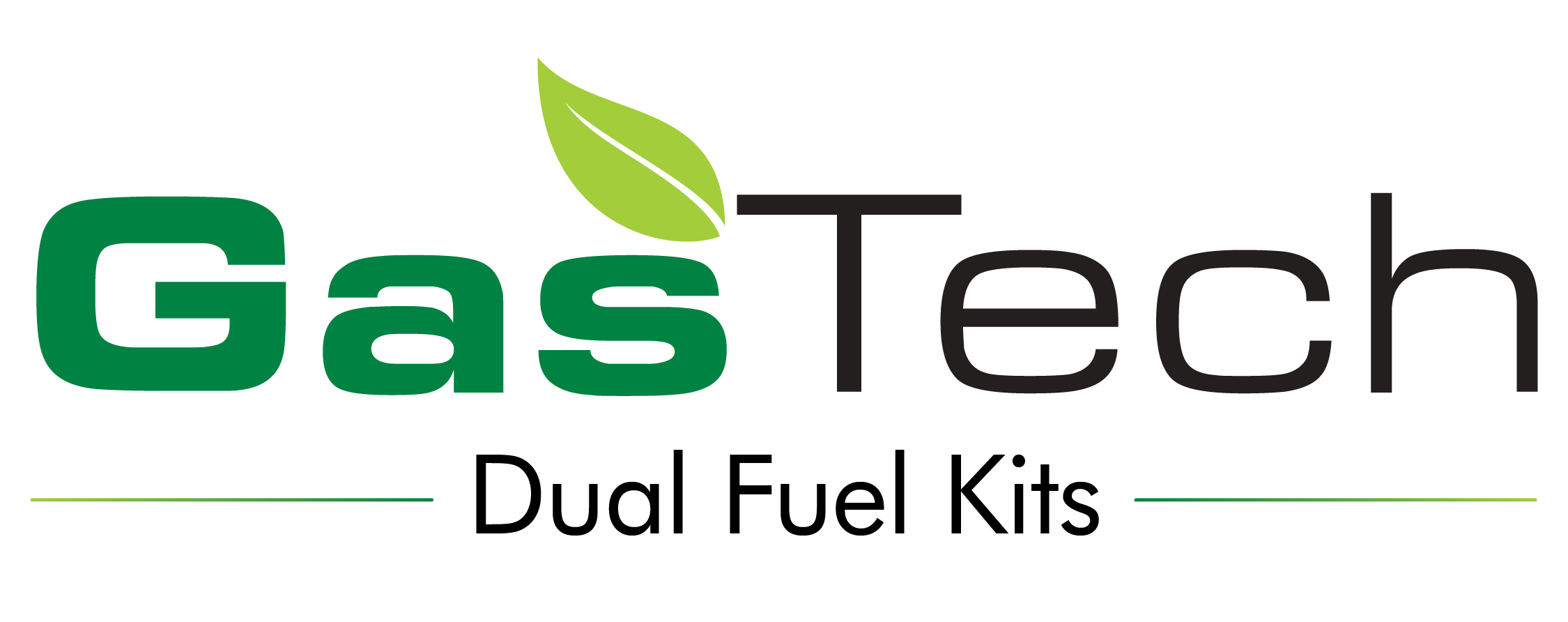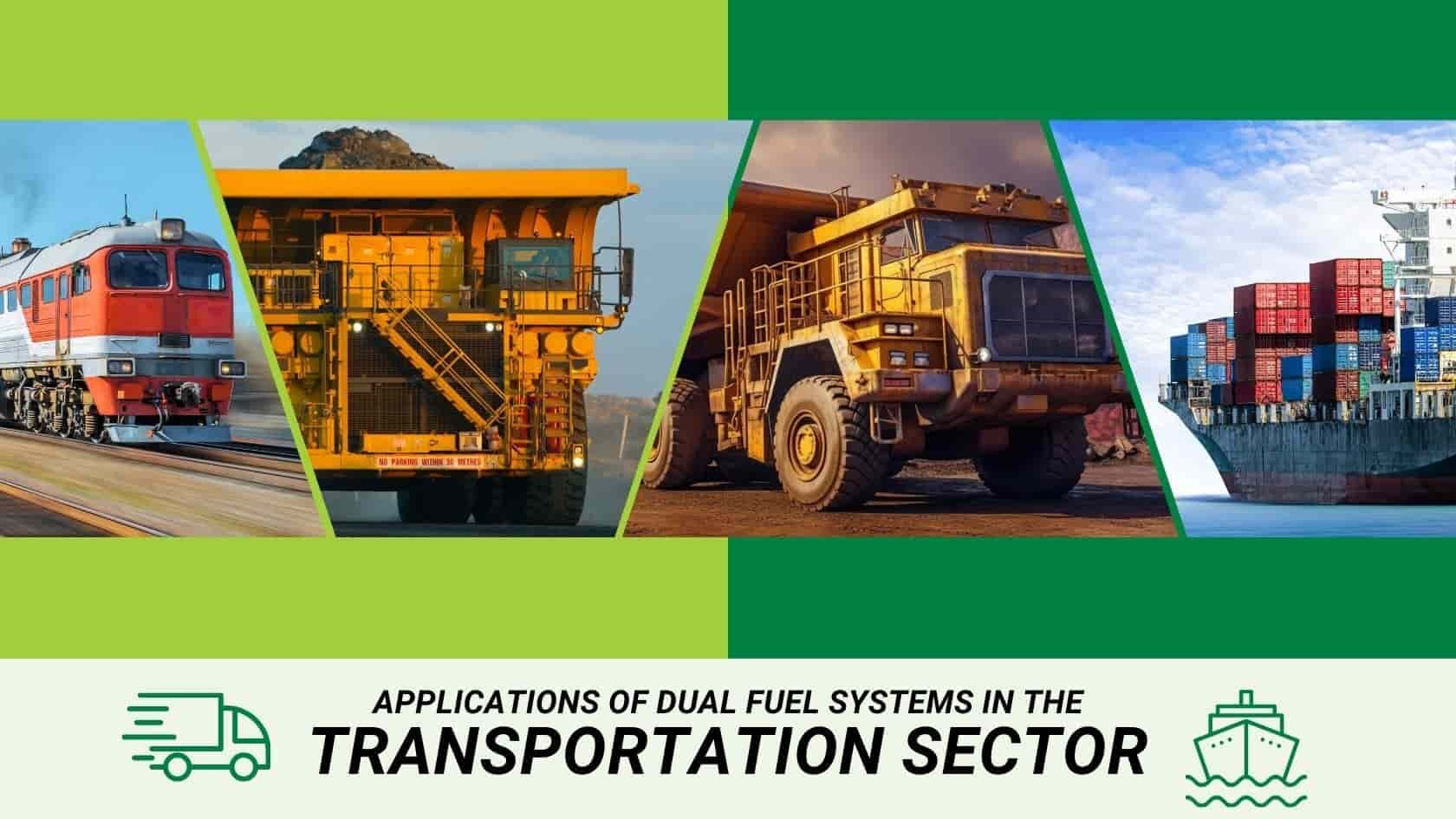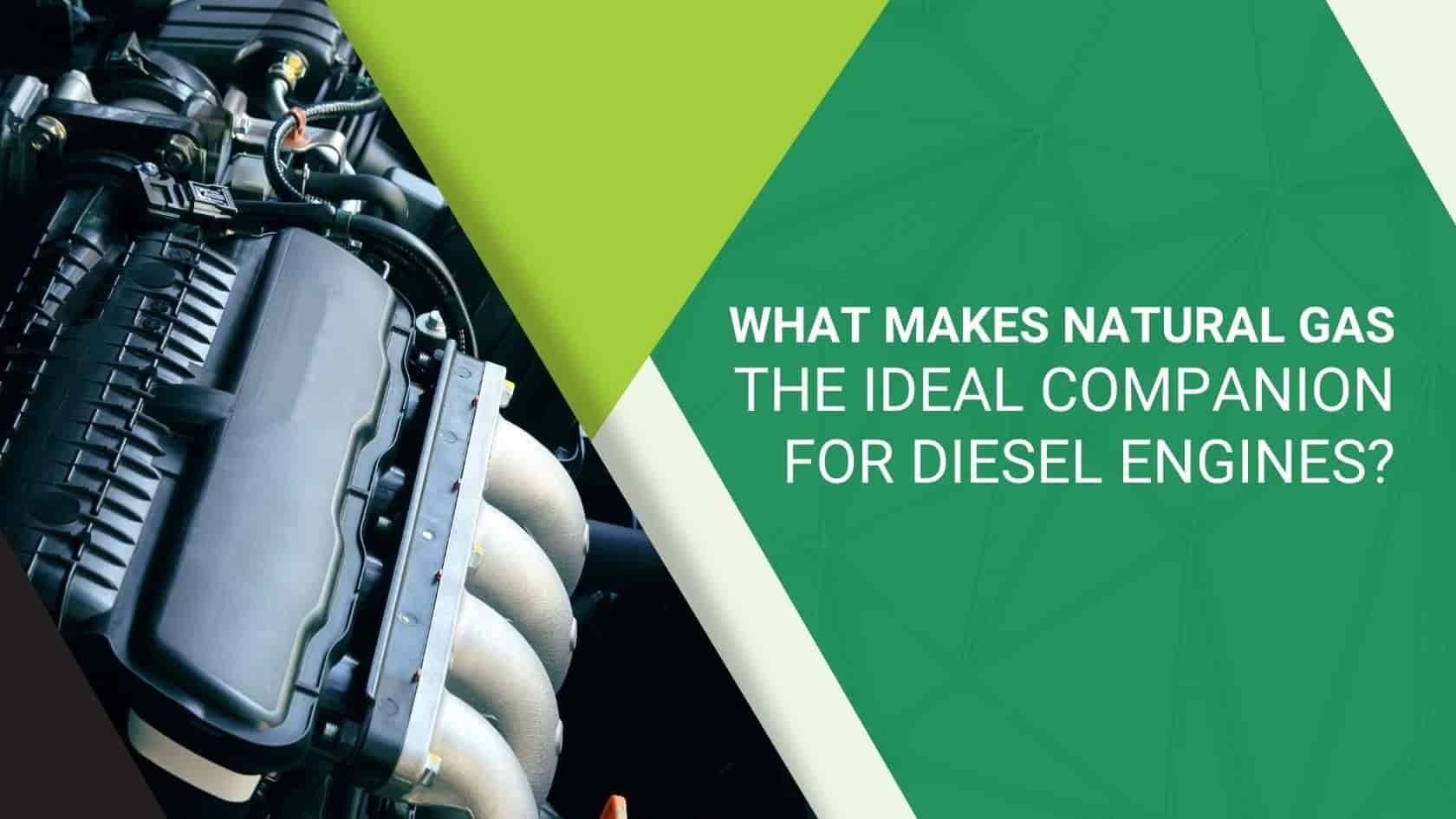Today, India stands at a critical juncture in its economic and environmental trajectory. As the world’s fastest-growing major economy, we face the dual challenge of sustaining economic growth while mitigating the adverse impacts of carbon emissions. In this blog, we will explore the potential of India’s Net Zero commitments and what it will take to achieve our targets.
Accelerating India's Journey to Net Zero: The Role of Dual Fuel Systems
India’s exponential economic growth comes with its own set of opportunities and challenges. As it ascends to become the world’s third-largest economy by 2032, the country’s carbon emissions are poised to escalate significantly. With a predominantly fossil fuel-dependent energy sector, India currently ranks as the world’s third-largest emitter of greenhouse gases. The projected surge in economic activities underscores the urgent need for India to decouple economic growth from carbon emissions and embrace sustainable development pathways.
The Panchamrit initiative, unveiled at COP26, signals India’s commitment to accelerating the deployment of renewable energy sources. With an ambitious target to triple its non-fossil fuel capacity within six years, India aims to achieve a cumulative reduction of 1 billion tonnes of carbon emissions by 2030. This concerted effort towards renewable energy expansion aligns with the country’s broader vision of achieving net zero emissions by 2070. Dual fuel systems complement this initiative by offering a flexible and transitionary approach towards cleaner energy adoption.
Making the Case for Dual Fuel Systems
Recent regulatory mandates, such as those set forth by the Commission for Air Quality Management (CAQM), reinforce India’s resolve to curb pollution and promote cleaner energy alternatives. Mandating the adoption of dual fuel systems for diesel generators above a certain capacity represents a proactive step towards mitigating air pollution in urban centers. By enforcing stricter emission control measures and incentivizing the transition to dual fuel technologies, India aims to safeguard public health and enhance environmental quality. While these mandates were initially enforced for Delhi NCR, other states including Gujarat, Karnataka and Maharashtra followed suit to curb air pollution and usage of emission-heavy fossil fuels.
Challenges and Opportunities
While the adoption of dual fuel systems presents significant opportunities for India’s sustainable development, several challenges must be addressed. These include infrastructural constraints, technological barriers, and financial investments required for wide scale implementation. However, these challenges are outweighed by the potential benefits of reduced emissions, enhanced energy security, and economic competitiveness.
India’s journey towards net zero emissions demands bold and innovative solutions. Dual fuel kits offer a practical and scalable approach to decarbonizing key sectors of the economy while ensuring energy reliability and affordability. By leveraging dual fuel technologies and accelerating the transition to renewable energy sources, India can position itself as a global leader in sustainable development and climate action.
Experience the GasTech Advantage
GasTech’s dual fuel kit offers a multitude of benefits, including the ability to maintain power levels, integrate with existing assets, offer low capital costs, ensure rapid payback, reduce generation costs, incur low to no maintenance costs, lower emissions through cleaner fuel usage, and enhance engine condition monitoring.
Ready to experience the revolution in diesel engine operation?
Table of Contents
- You May Also Like
The Diverse Applications of Dual Fuel Systems in the Transportation Sector
In an era of sustainable development, the transportation sector today...
Read MoreWhat Makes Natural Gas The Ideal Companion For Diesel Engines?
According to the India Energy Outlook 2021 report by the...
Read More



